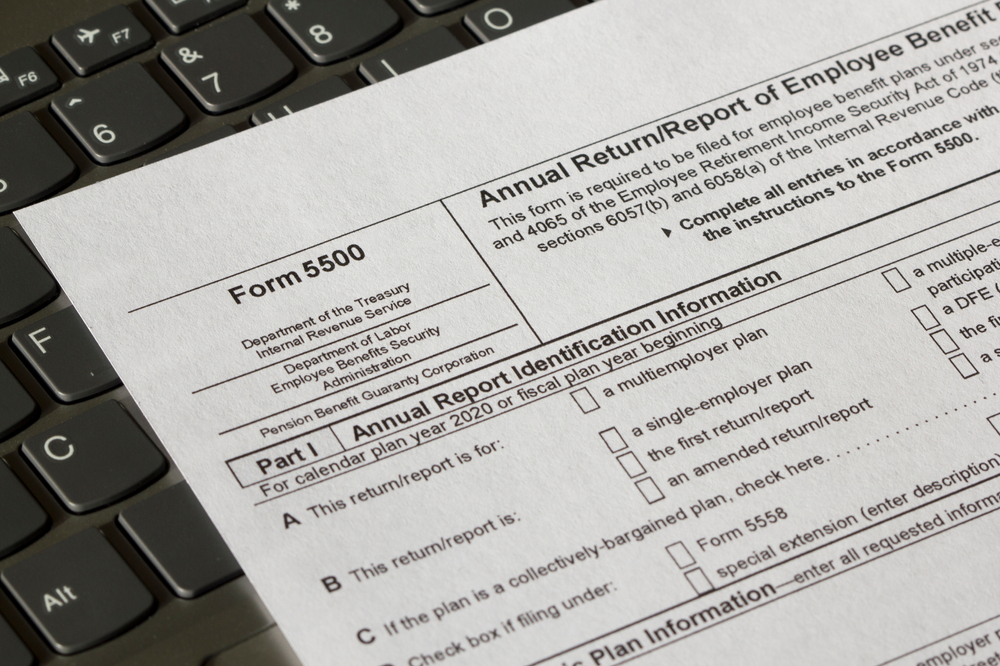
Running a business comes with numerous responsibilities, and ensuring a well-structured retirement plan for employees is among the most critical. A Third-Party Administrator (TPA) plays an essential role in managing the complexities of retirement plan administration. These professionals specialize in overseeing the regulatory, compliance, and operational aspects of retirement plans, ensuring that businesses adhere to […]




